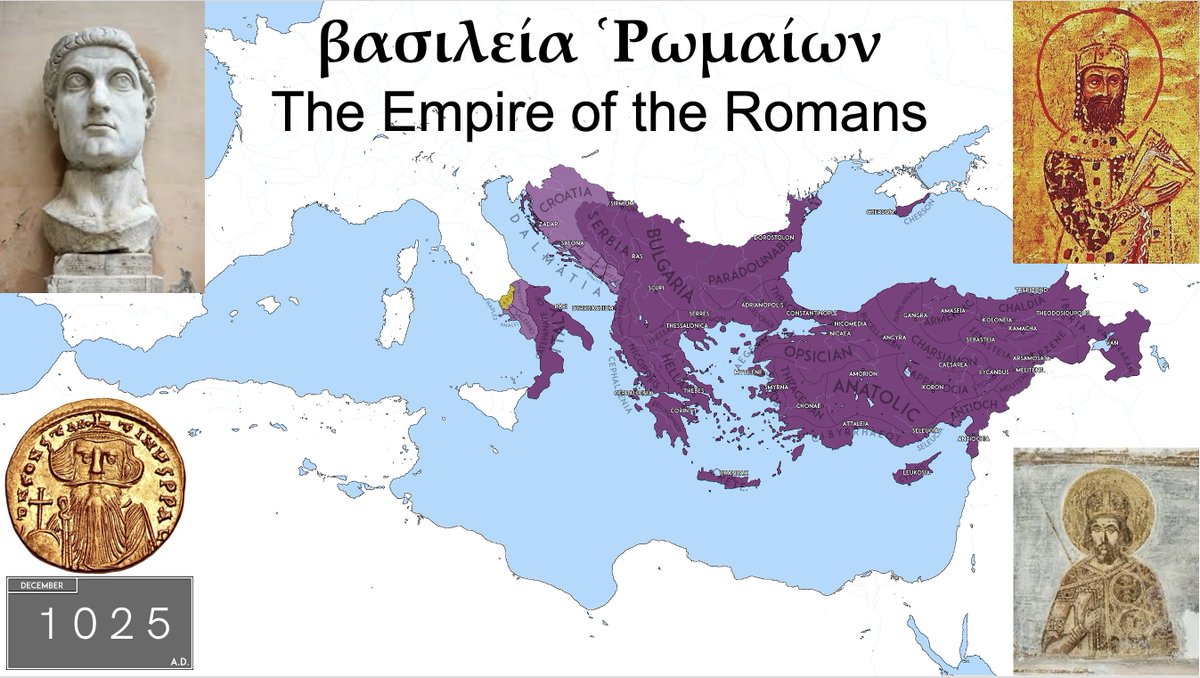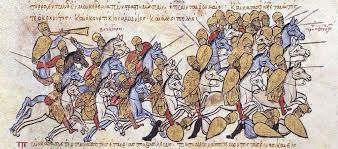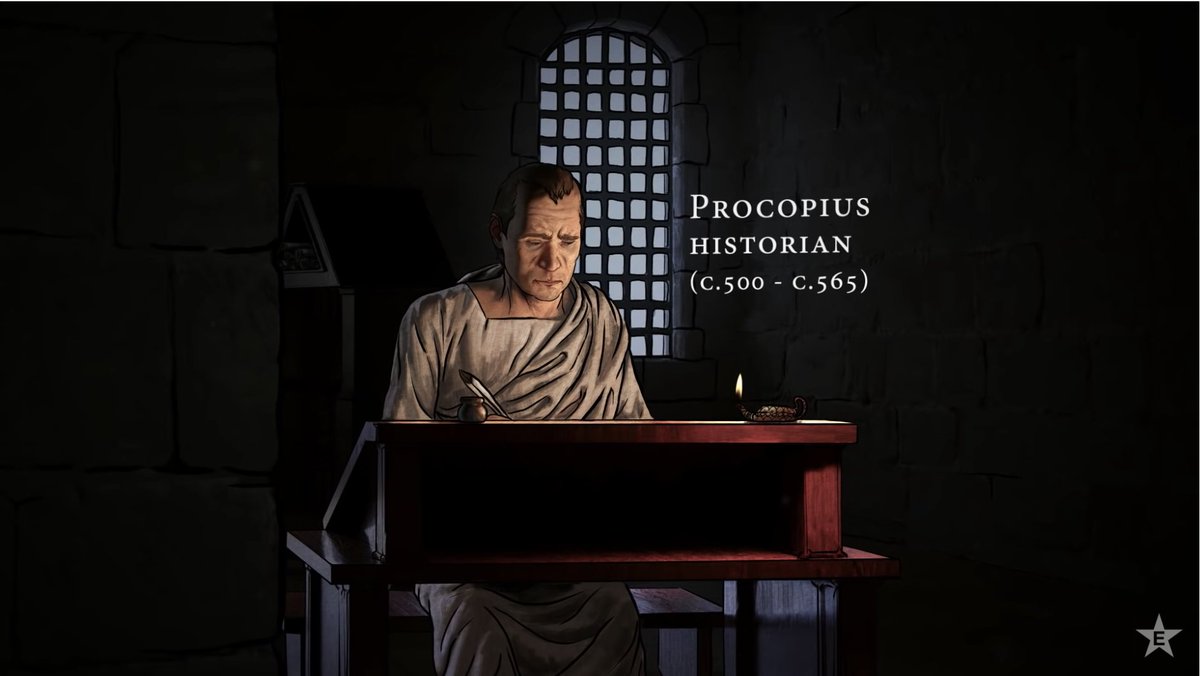September 13: The Battle of Ad Decimum took place #OTD in 533. Belisarius vs. Gelimer. Romans vs. Vandals. An epic battle which just happens to be my favorite in Belisarius' career. Read on to discover how the battle unfolded. #BelisariusAndAntonina 

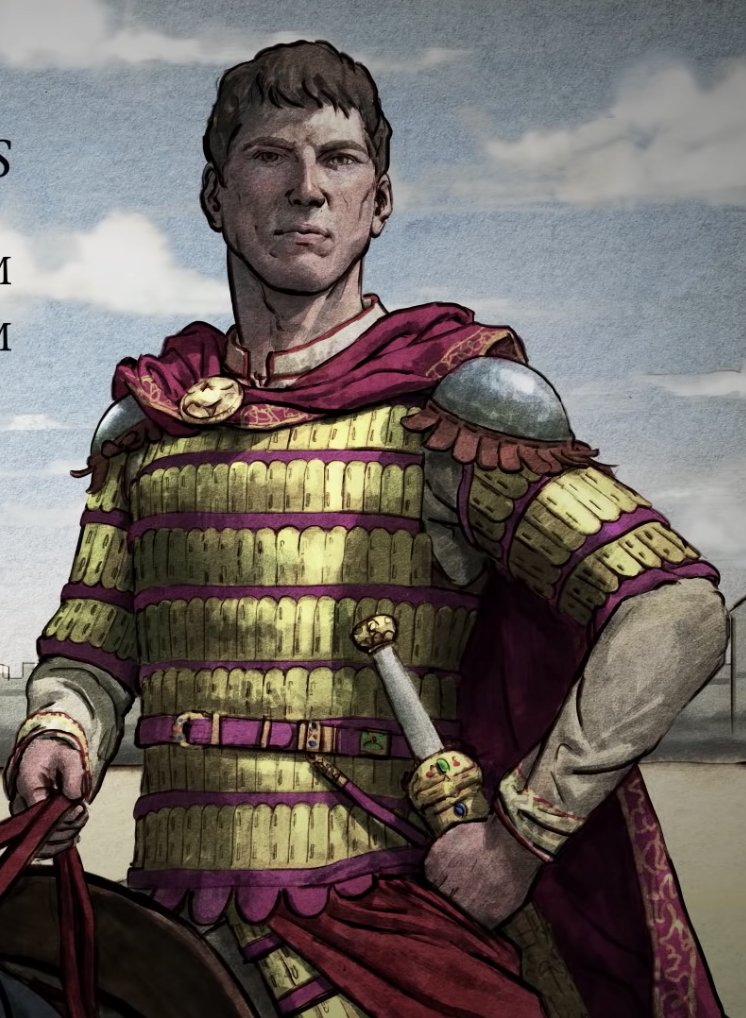

The first element of the Roman army to reach Ad Decimum (the ten mile marker south of Carthage) was the vanguard, led by a household retainer of Belisarius named John. The vanguard consisted of 300 cavalry from the personal guardsmen (bucellarii) of Belisarius. 

Phase 1: The Roman vanguard under John arrives at Ad Decimum and immediately runs into Ammatas and his men. Ammatas, remember, had been instructed by Gelimer to come from Carthage with all the forces available to him and converge on Ad Decimum.
https://twitter.com/byzantineprof/status/1568947776955760641
Gelimer intended to arrive at the same time as Ammatas, but Ammatas in his excitement had charged out too quickly. He also had not waited to assemble the entire Vandal garrison of Carthage, and had rushed ahead of them with only his retainers.
In a fierce battle, John and the guardsmen destroyed the Vandal force, killing Ammatas, and then rode all the way up to the walls of Carthage, killing or scattering the stragglers of the Vandal garrison along the way. 

Phase 2: At roughly the same time, about five miles away, Gibamund and his force of 2,000 Vandal warriors, who were to close the Vandal pincer from the west, ran into the west guard of the Roman army: 600 Hunnic cavalry.
Although they were outnumbered, the Huns shattered Gibamund's army and slaughtered the Vandals to the last man. Thus, without the main army of Belisarius or Gelimer yet engaging in combat, the plan of Gelimer was already in tatters. Neither general nor king knew this, though. 

Phase 3: Belisarius and the main Roman army make camp four miles south of Ad Decimum. Belisarius leaves the infantry in the camp, and leads out his cavalry, about 5,000 strong, to do some reconnaissance in force.
To protect the main body of his cavalry, Belisarius dispatched a smaller unit of cavalry known as the federates ahead as a screen. When these reached Ad Decimum, they found the bodies of Ammatas and his men (recall that John and the vanguard had already ridden ahead to Carthage). 
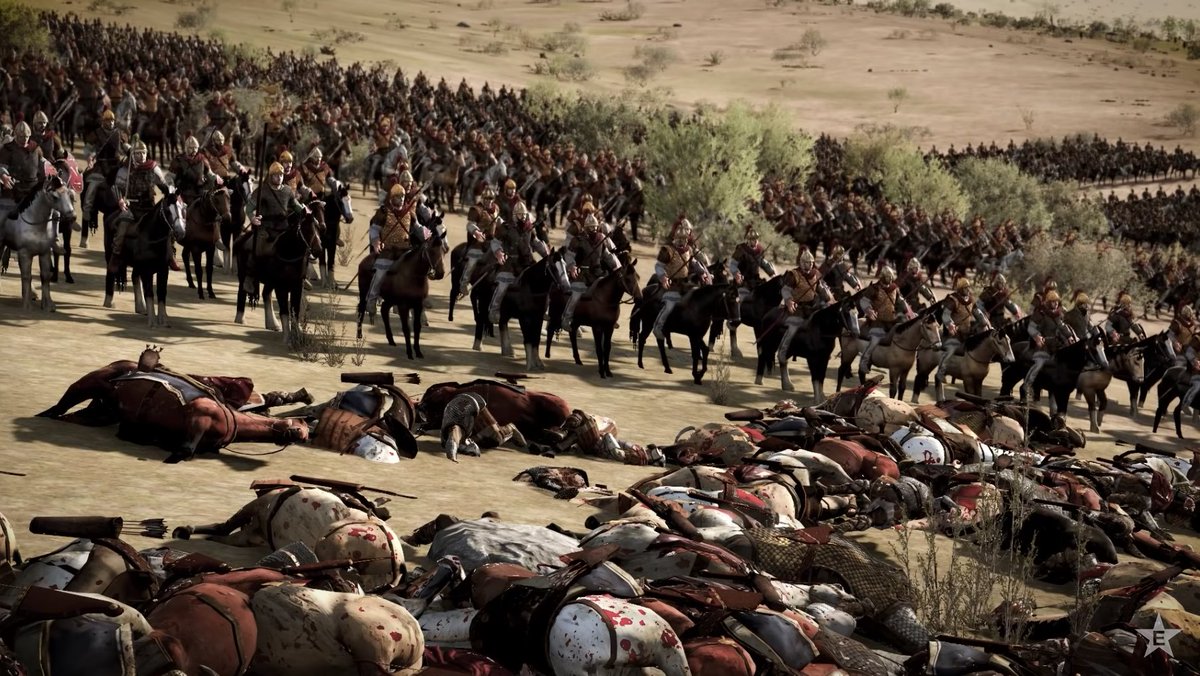
As the federate screen were inspecting the bodies, a dust cloud appeared to the southwest: Gelimer and the main Vandal army had arrived at last. The federates fought a brief battle against the Vandals for control of the nearest hill, but being outnumbered, fell back in disarray. 

While falling back, the federates swept up a force of 800 guardsmen of Belisarius (an additional screen?), and the whole united group then fled back to the main Roman cavalry body. This caused confusion and only with difficulty did Belisarius restore order.
Phase 4: Belisarius receives a full report from his men. He learned that John had shattered the Vandal garrison of Carthage, and that the Huns had destroyed the force of Gibamund. This gave him the confidence to proceed: he ordered his cavalry forward to attack.
Gelimer, meanwhile, had been idle at Ad Decimum. The historian Procopius accuses him of being overly sentimental: he was busy weeping over the body of his brother Ammatas. But this is unlikely to have been the main reason for Gelimer remaining at Ad Decimum. 

Unlike Belisarius, Gelimer did not have intelligence on what had happened. He knew Ammatas was dead, yes, but he did not have any clue what happened to Gibamund and his 2,000 men. He was perhaps awaiting them, or sending out scouts to determine the location of the Roman army.
So Gelimer and the Vandals were still idling at Ad Decimum when the main body of Roman cavalry arrived. Belisarius and the Romans charged immediately. The Vandals broke and fled, with the Romans pursuing and killing as many as they could. 

Gelimer and many of the Vandals escaped west, toward modern Algeria, and survived to fight another day. But Belisarius had won the first battle (really four mini battles) of the Vandal War. This would eventually lead to him winning a triumph the next year. 

Tweets not enough for you? Check out the video on Belisarius' Vandal War from @EpicHistoryTV here:
• • •
Missing some Tweet in this thread? You can try to
force a refresh


